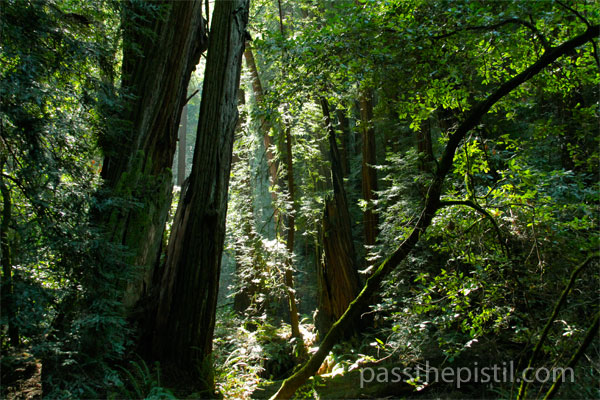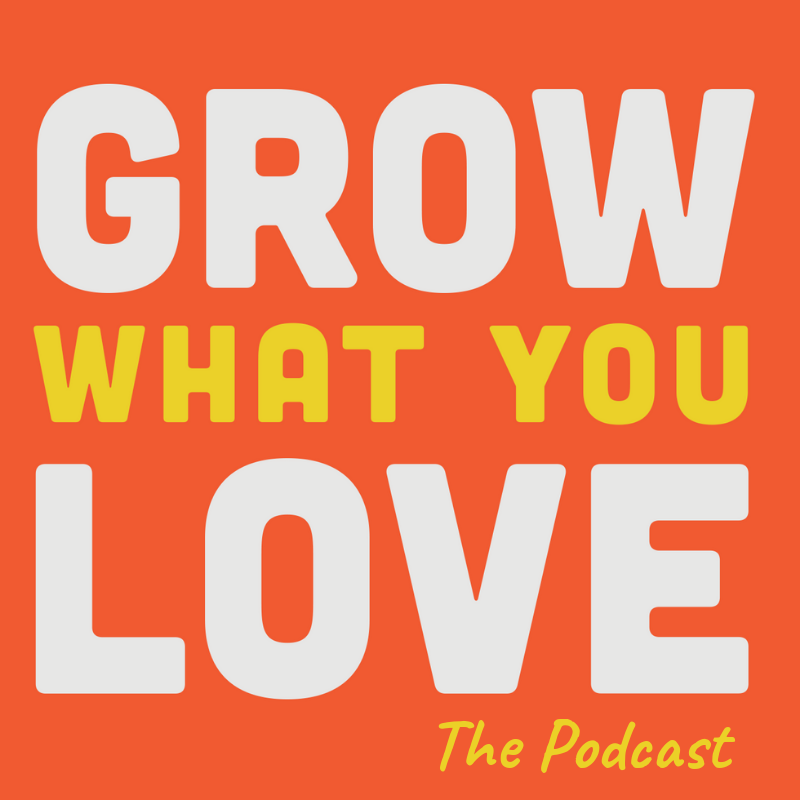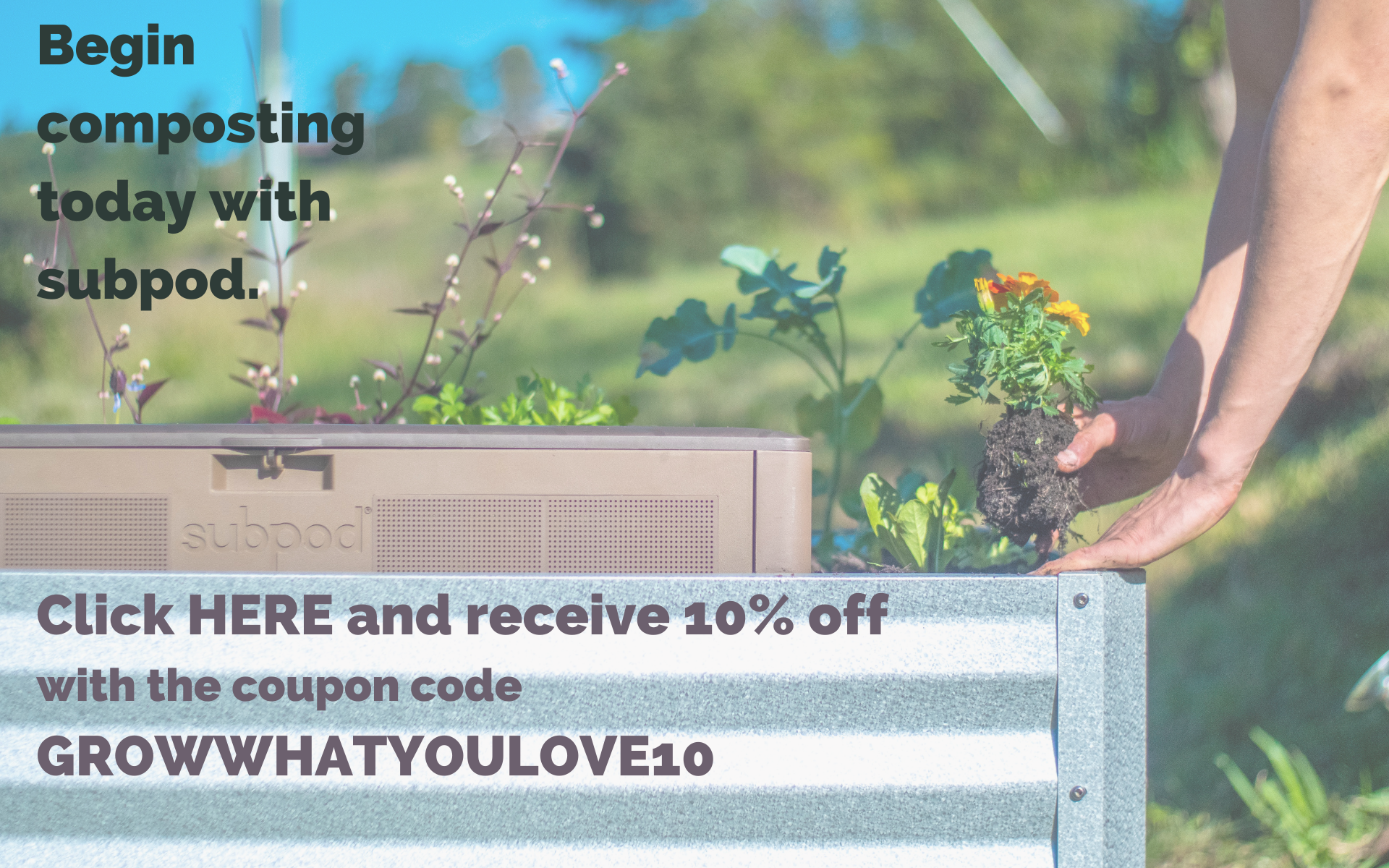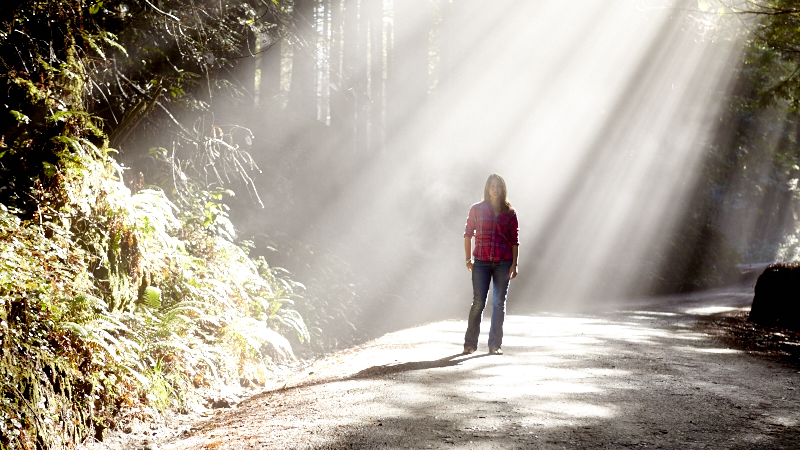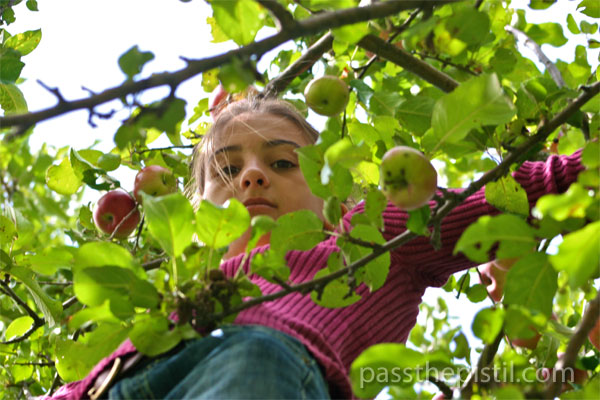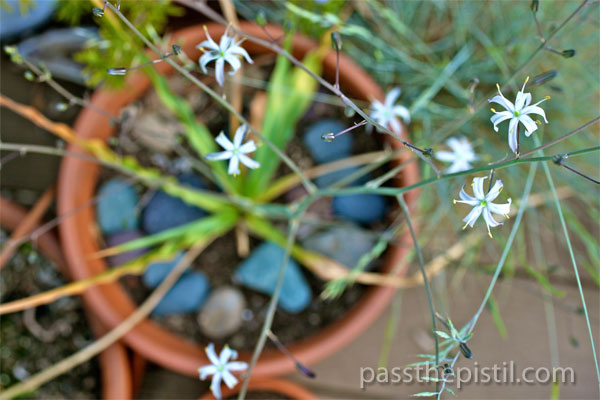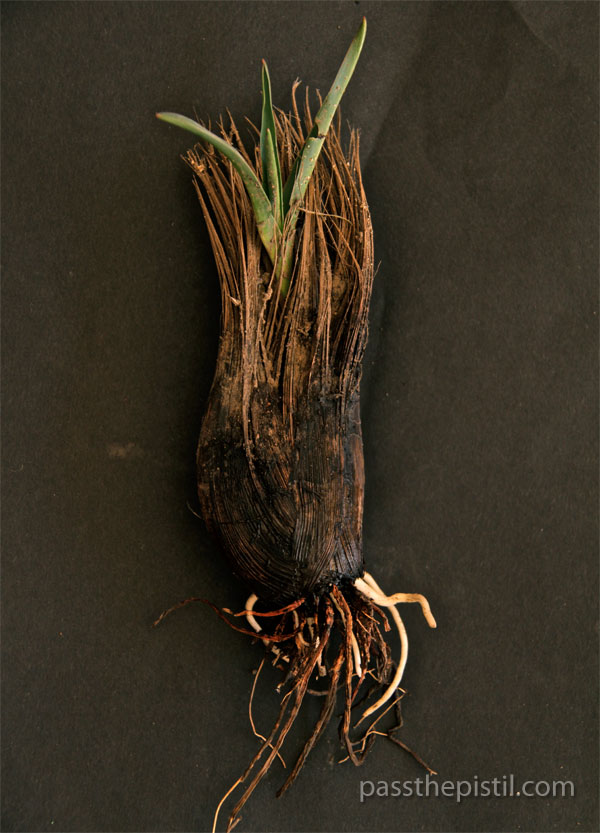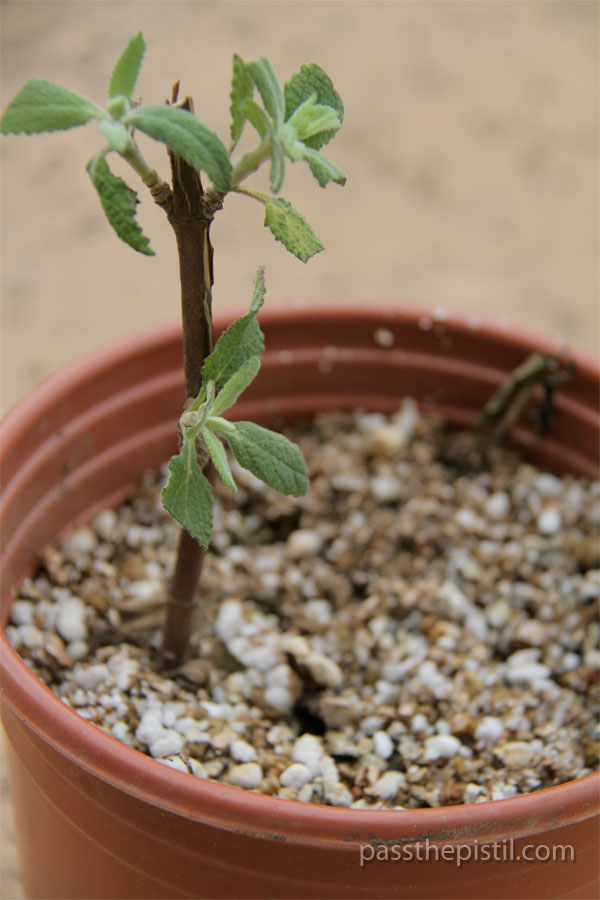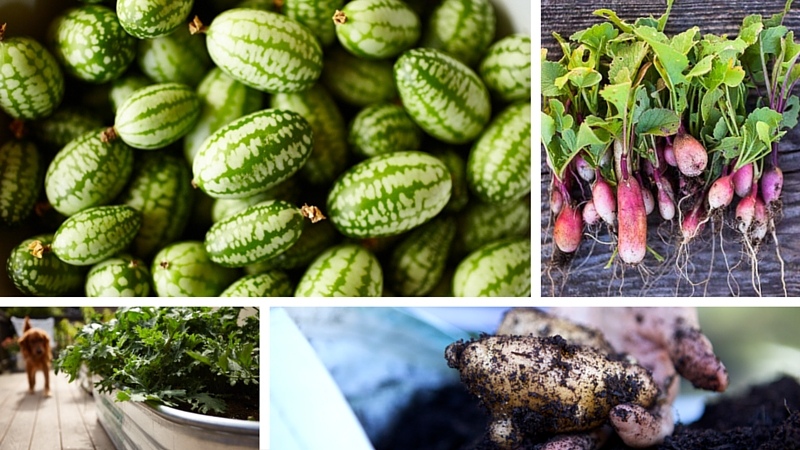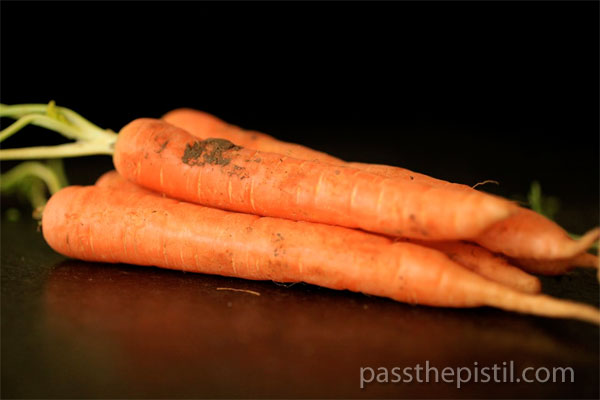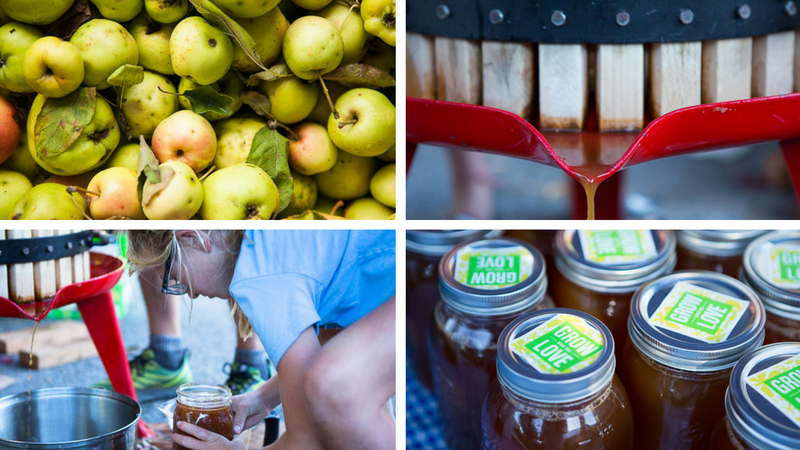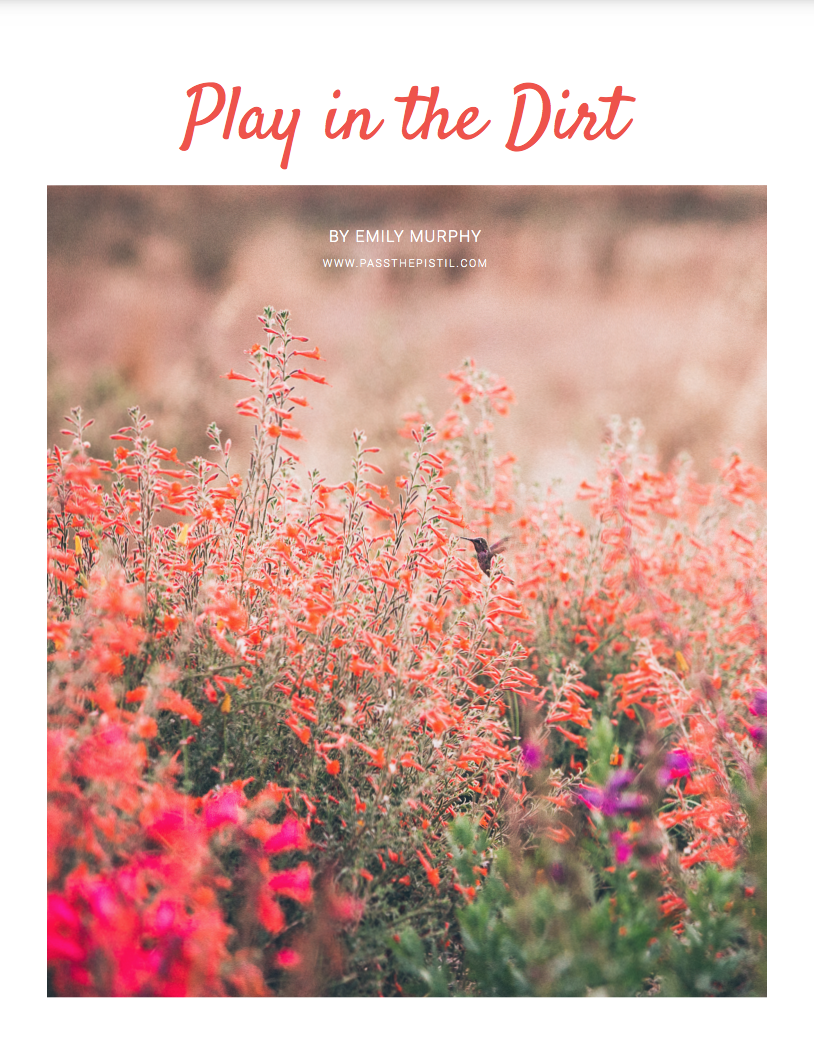Think Like a Native
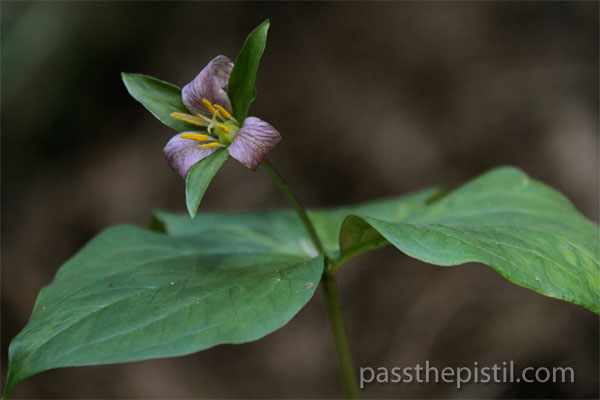
It takes a certain amount of street smarts to think like a native. Confidence, adaptability and the right flavorful pizazz help too. But what does it mean to be native?
The dictionary says something like this: “the place or environment in which a person was born or a thing came into being: one’s native land”.
When referring to a native plant one can then assume that it’s a plant from the place in question. However, disagreements arise when defining “place”. Some consider a plant native to the United States native to all of the United States. Others will argue a more strict policy, that a plant can only be native to it’s endemic habitat, restricted to a specific locality or region.
Douglas Tallamy sums the issue up in his book: Bringing Nature Home, How You Can Sustain Wildlife with Native Plants. (Douglas is a professor of entomology and wildlife ecology at the University of Delaware.) He says to consider a plant native (or alien) you must consider the role it plays in it’s respective ecosystem, and this is “…best defined by nature herself. Because plants do not grow in isolation from the other living things around them and are in fact essential to the lives of neighboring creatures, they interact with the residents of their habitats in countless ways….” He goes on to point out that plants and animals have coevolved over “immense periods of time.” Coevolutionary constraints or benefits are removed when a plant (or animal) is moved from it’s natural habitat. It’s new neighbors won’t know what to do with it. It will most likely be excluded from ecological interactions while using resources such and light, water, pollinators and soil nutrients that would otherwise be available for native plants. Alien species are also likely to bring alien diseases. It becomes a one-sided relationship, with not only no benefits for the existing ecosystem but creating something like an unwanted party. Only the those invited, or uninvited, are having fun.
However this is a generalization and there are exceptions. Some plants, when moved out of their native range, are still able to perform some or most of their evolutionary roles. This is often true of plants within the same genus, sharing enough biological similarities to complete the respective food web job. Animals adapted to use one may find the new species or variety just as appealing, with just the right flavor. It may also be that native ranges of plants overlap and, therefore, animals will too.
Listen
Buy The Book
Special offers
Newsletter Signup
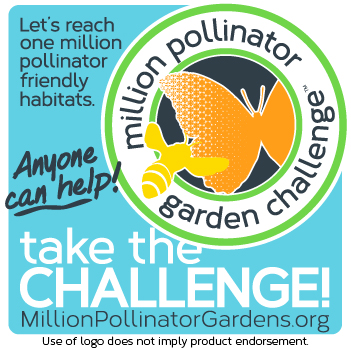
Archives
Disclosure
Pass The Pistil is a participant in the Amazon Services LLC Associates Program and other affiliate programs such as Etsy, affiliate advertising programs designed to provide a means for sites to earn fees by advertising and linking to curated affiliate sites.



